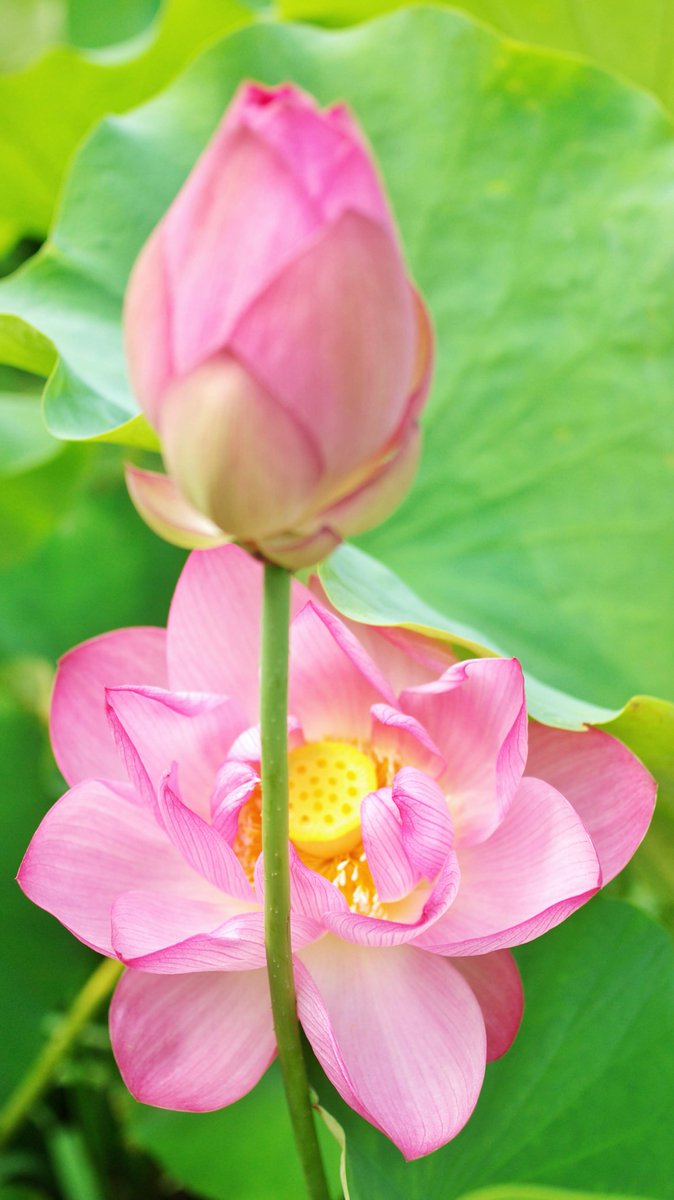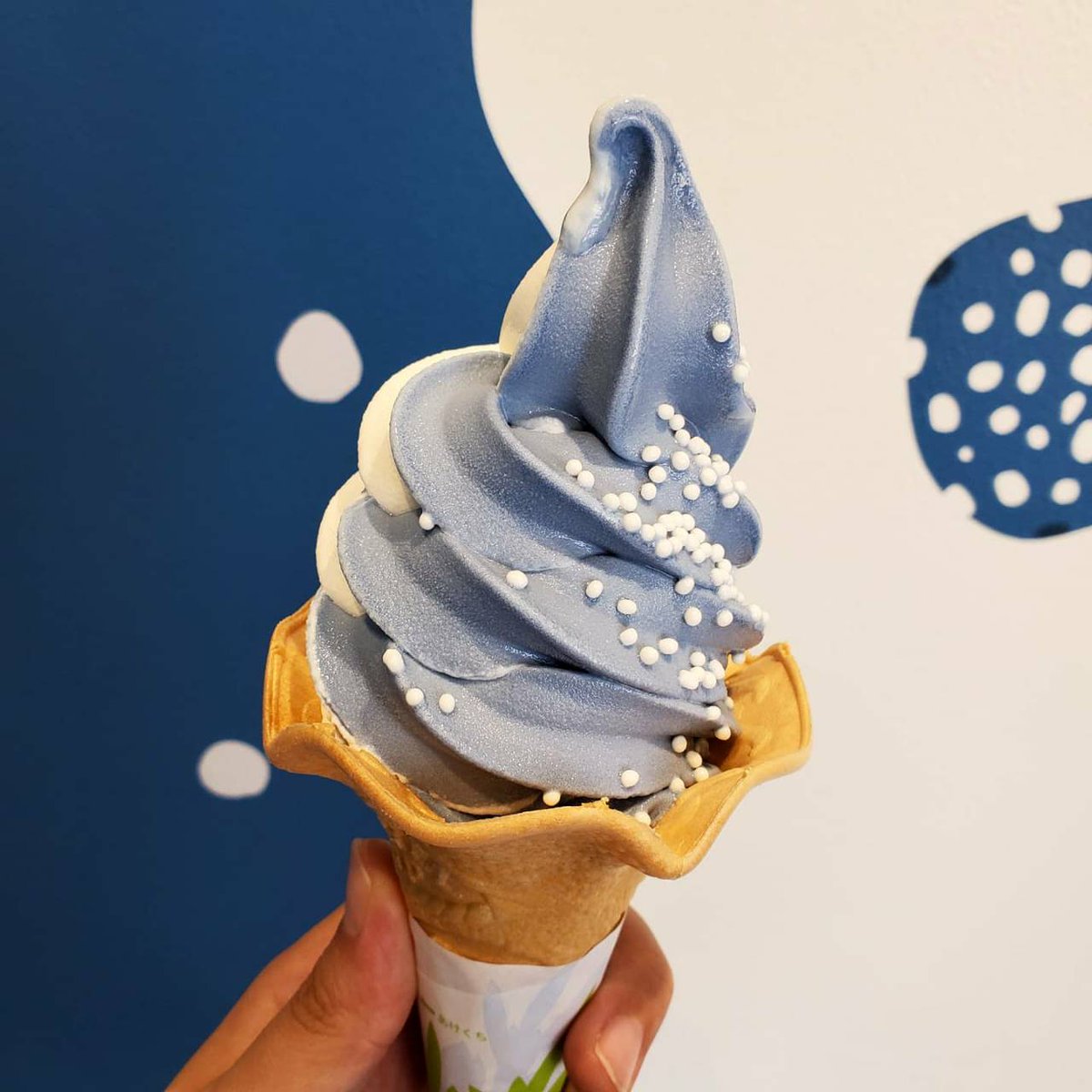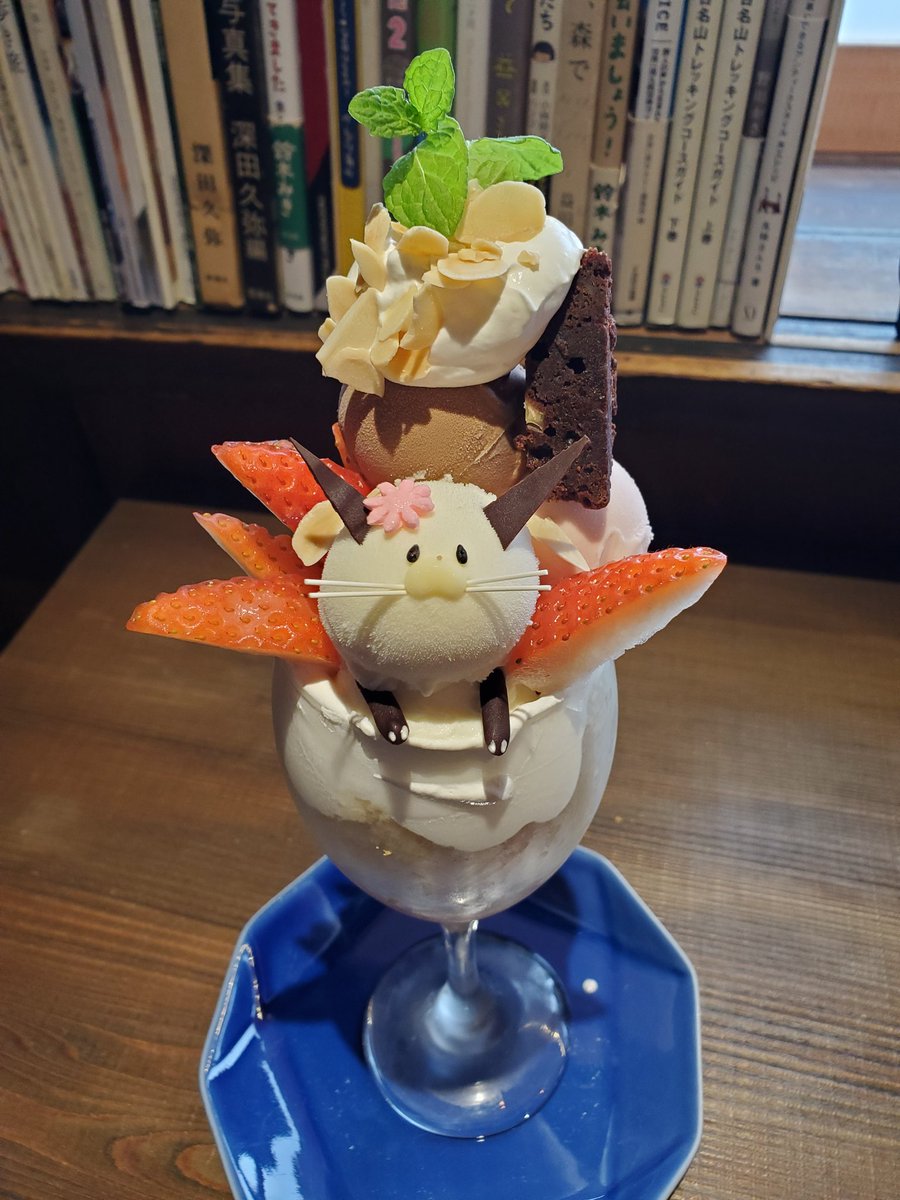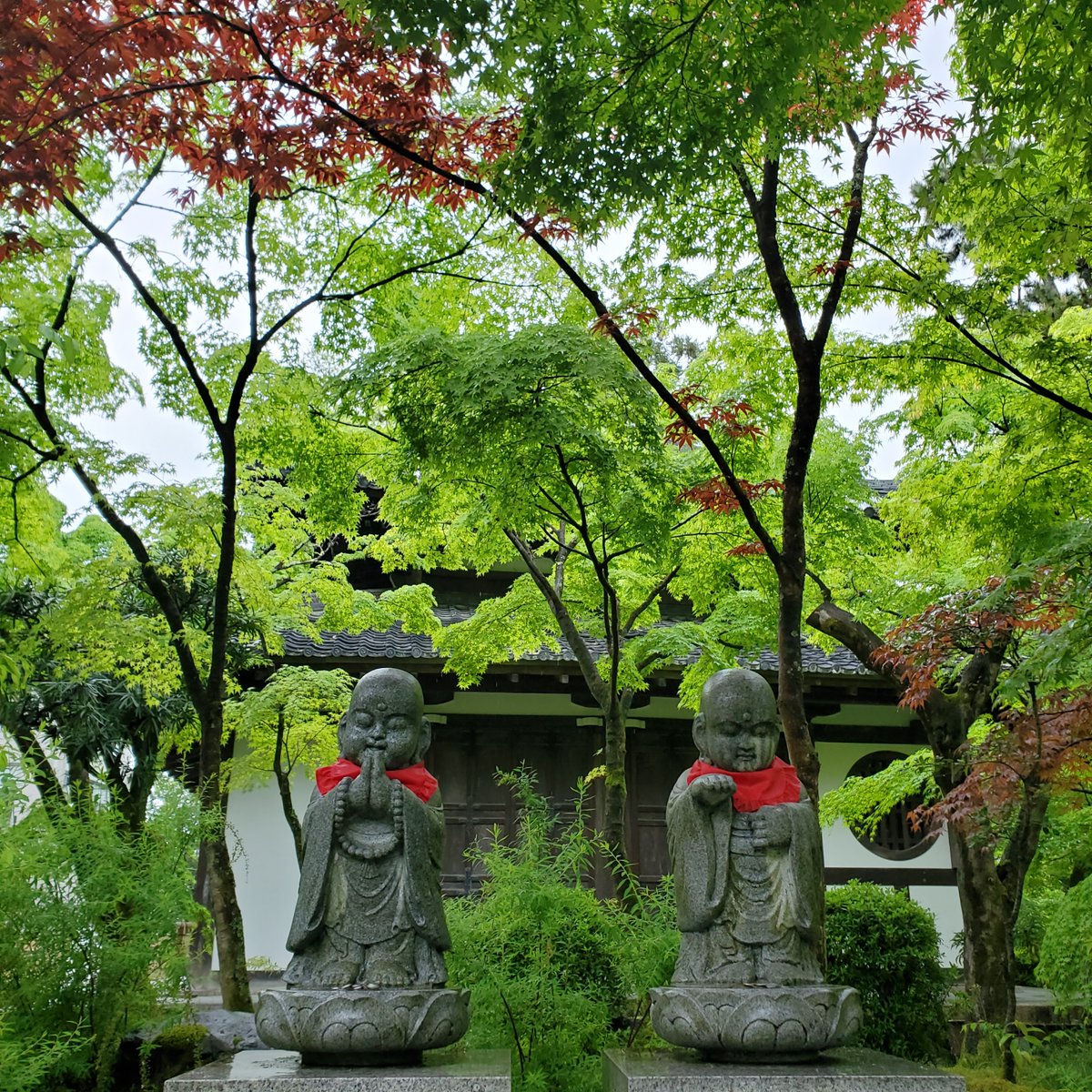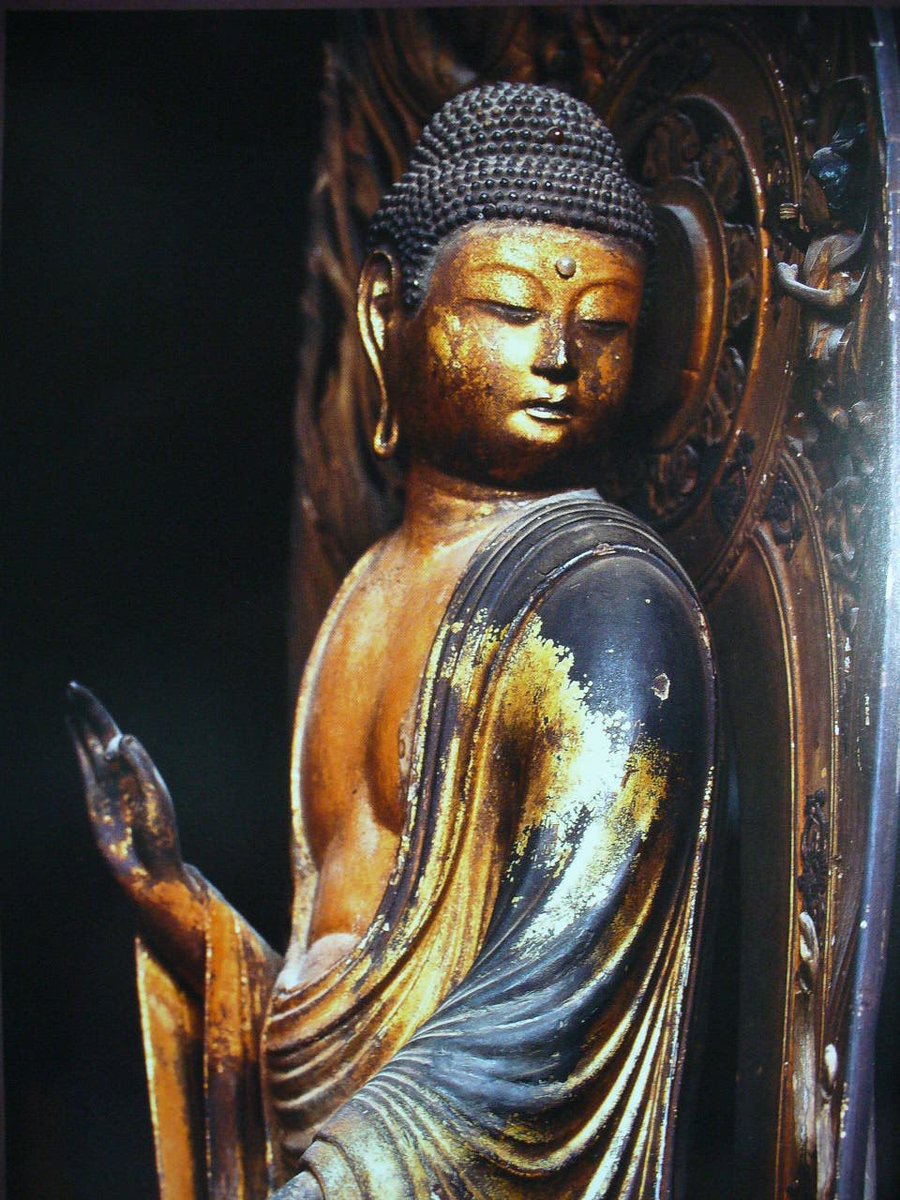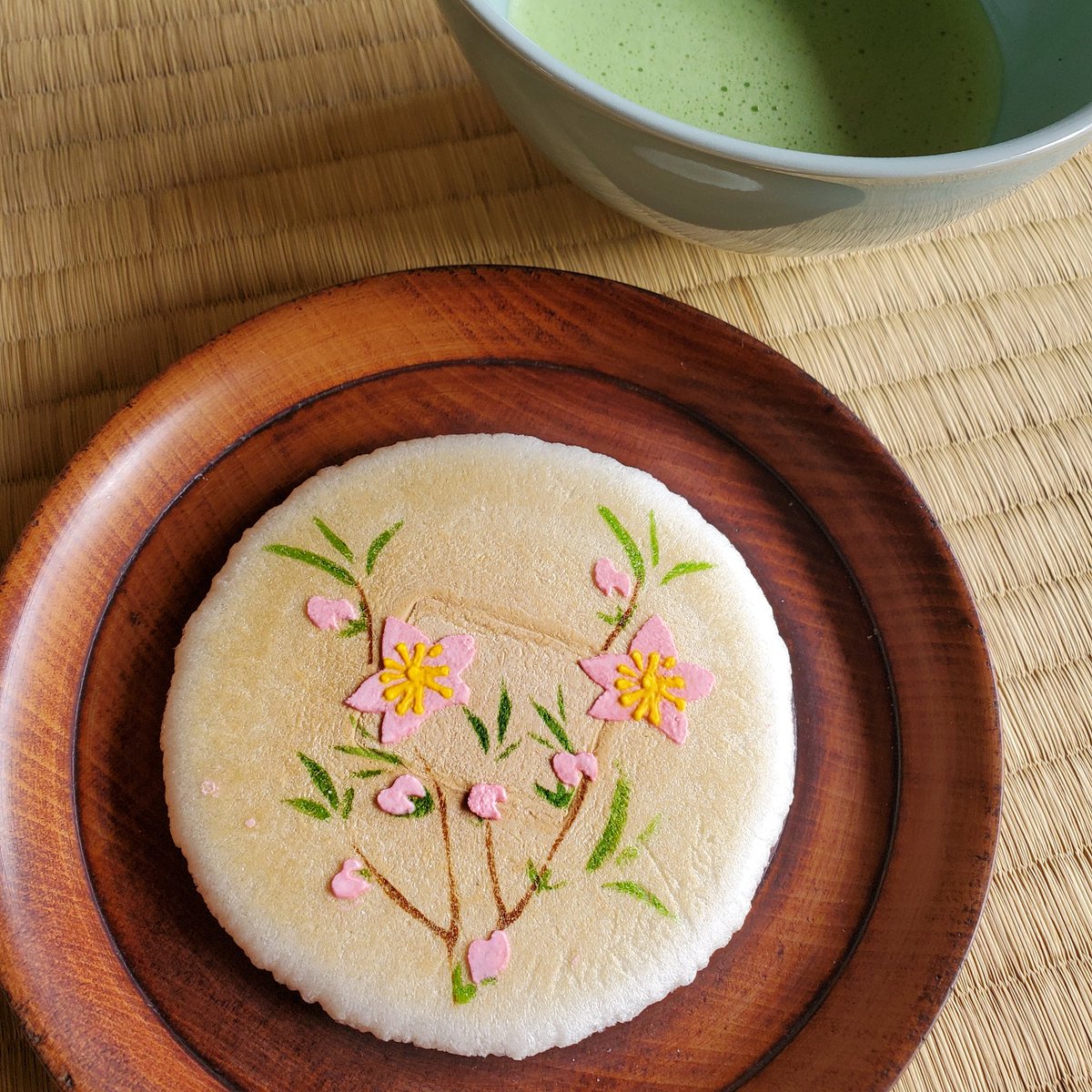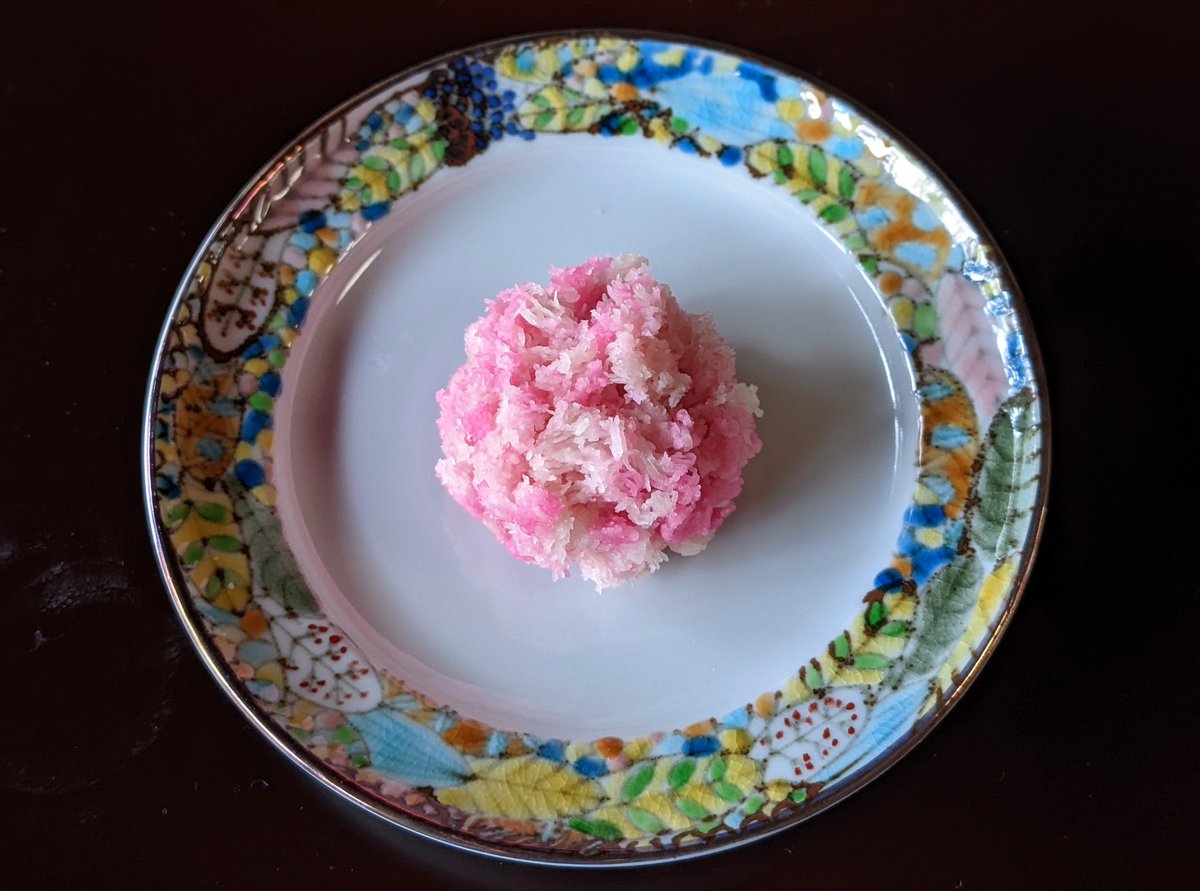
😋THE GUARDIAN OF KYŌTO'S KITCHEN🍴
Nishiki Tenmangū (錦天満宮) stands on Shinkyōgoku (新京極), at the east end of Nishiki Market (錦市場). Enshrining Tenjin (天満天神/Sugawara-no-Michizane 菅原道真 845-903), people pray here for wisdom, scholarship & prosperous business.
#Japan



Nishiki Tenmangū (錦天満宮) stands on Shinkyōgoku (新京極), at the east end of Nishiki Market (錦市場). Enshrining Tenjin (天満天神/Sugawara-no-Michizane 菅原道真 845-903), people pray here for wisdom, scholarship & prosperous business.
#Japan




The shrine also goes by the names Nishiki Tenjin-sha (錦天神社), Nishiki Tenman-jinja (錦天満神社) and Nishiki-no-Tenjin-san (錦の天神さん).
The grounds preserve one of the wells so pivotal in the development of Nishiki Market (錦市場).
#Kyoto #Japan #京都 #錦市場 #NishikiMarket



The grounds preserve one of the wells so pivotal in the development of Nishiki Market (錦市場).
#Kyoto #Japan #京都 #錦市場 #NishikiMarket




In early Heian times it was discovered that the area's natural spring water (known as Nishiki Water '錦の水') acted as a preservative for fish, fowl & fresh produce, and as a result countless shops congregated in the vicinity.
This is the origin of Nishiki Market.
#京都 #Kyoto



This is the origin of Nishiki Market.
#京都 #Kyoto




The water, drawn from 30m underground since 1960 (when urban development began to interfere with the water table), remains at a constant temperature of 17-18 degrees.
#Kyoto #京都 #Japan #NishikiMarket #錦市場 #Shinkyogoku #新京極 #錦の水 #錦天満宮



#Kyoto #京都 #Japan #NishikiMarket #錦市場 #Shinkyogoku #新京極 #錦の水 #錦天満宮




In 1003 'Sugawara-in' (菅原院), the old villa of Sugawara-no-Koreyoshi (菅原是善 -father of Michizane), was moved to a site once occupied by the 'Rokujō Kawara-no-in' (六条河原院), lavish home of the courtier Minamoto-no-Tōru (源融 822–95 -model for Murasaki Shikibu's "Genji"). 







Rainy season has arrived in Kyōto☔️
Nao-san braves a wet Shōsei-en (渉成園), remnant of Minamoto-no-Tōru's 'Rokujō Kawara-no-in' (六条河原院).
🌧️Rainy Season 'Tsuyu' (梅雨)🧵⬇️
#Shōseien #渉成園 #Kyoto #京都 #梅雨 #Japan #rainyseason #plumrains
Nao-san braves a wet Shōsei-en (渉成園), remnant of Minamoto-no-Tōru's 'Rokujō Kawara-no-in' (六条河原院).
🌧️Rainy Season 'Tsuyu' (梅雨)🧵⬇️
https://twitter.com/camelliakyoto/status/1531063089172361217?s=20&t=WUwc9TmtngEP_hq3TiKe8w
#Shōseien #渉成園 #Kyoto #京都 #梅雨 #Japan #rainyseason #plumrains
One of Shōsei-en's (渉成園) most interesting features is the entrance wall.
It cleverly pieces together various types of stones, rocks and tiles...
🪨hewn stone (切石)
🪨foundation stones (礎石)
🪨millstones (石臼)
🪨mountain rocks (山石)
🪨roof tiles (瓦)
#Shōseien #渉成園
It cleverly pieces together various types of stones, rocks and tiles...
🪨hewn stone (切石)
🪨foundation stones (礎石)
🪨millstones (石臼)
🪨mountain rocks (山石)
🪨roof tiles (瓦)
#Shōseien #渉成園
The old buildings of the Sugawara-in were used to create a new guardian shrine (dedicated to the god Tenjin) for the Kanki-ji temple (歓喜寺).
In 1299 the land was gifted to Zendō-ji (善導寺) by the chief advisor to the emperor (関白), Kujō Tadanori (九条忠教 1248-1332).
#Japan



In 1299 the land was gifted to Zendō-ji (善導寺) by the chief advisor to the emperor (関白), Kujō Tadanori (九条忠教 1248-1332).
#Japan




Zendō-ji was moved to its new home. It absorbed Kanki-ji & was renamed Kankikō-ji (観喜光寺).
The shrine continued to act as guardian of the temple.
The original precincts would have taken up most of the current Shōsei-en gardens (渉成園).
Photo thanks🙇♂️-ameblo.jp/takahiro1962/e…



The shrine continued to act as guardian of the temple.
The original precincts would have taken up most of the current Shōsei-en gardens (渉成園).
Photo thanks🙇♂️-ameblo.jp/takahiro1962/e…




In 1587 Toyotomi Hideyoshi (豊臣秀吉) relocated Kankikō-ji (観喜光寺) and its shrine to the eastern end of Nishiki Market (錦市場), a street of shops and restaurants familiarly known as "Kyoto's Kitchen" since Heian times.
#NishikiMarket #Kyoto #京都 #Shinkyogoku #Japan #錦市場



#NishikiMarket #Kyoto #京都 #Shinkyogoku #Japan #錦市場




Itō Jakuchū (伊藤若冲 1716-1800), one of Japan's most famous painters, was born at the west end of Nishiki Market.
Upon his father's death Itō took over 'Masu-ya' (桝屋), the family's greengrocer business, but at 40 he passed this on to his brother so he could focus on painting.



Upon his father's death Itō took over 'Masu-ya' (桝屋), the family's greengrocer business, but at 40 he passed this on to his brother so he could focus on painting.




Growing up in the market certainly influenced Itō's work, and even after retirement he continued to support local businesses whilst working out of his nearby studio.
Itō's influence saved the market after it was closed between 1771-74 (the reasons for this closure are unclear).



Itō's influence saved the market after it was closed between 1771-74 (the reasons for this closure are unclear).



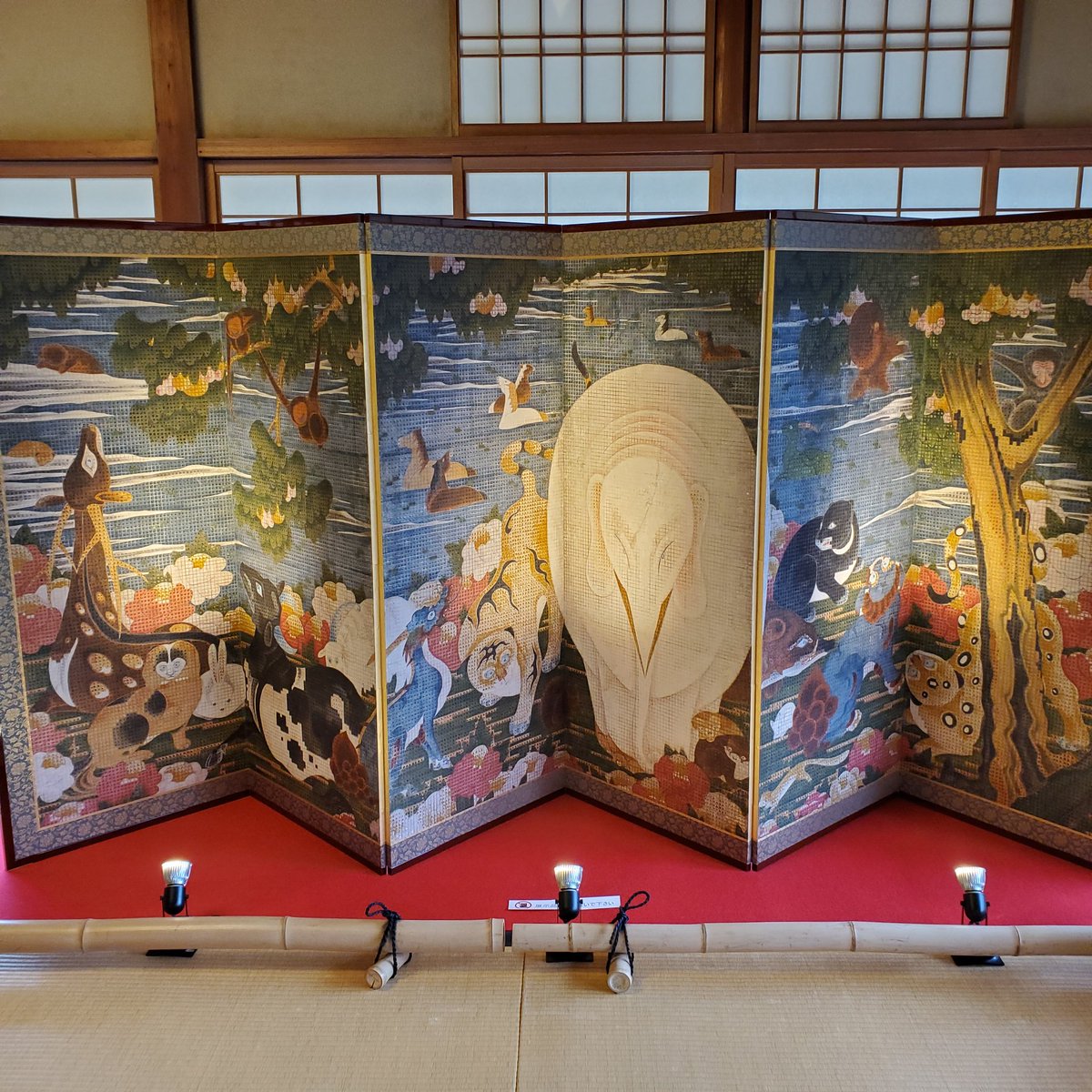
During the anti-Buddhist movement of 1868 (神仏分離 'Shinbutsu Bunri') the shrine and temple were separated.
Kankikō-ji was moved to Higashiyama Gojō (東山五条), but its guardian Tenjin shrine remained and was renamed Nishiki Tenmangū (錦天満宮).
#NishikiTenmangu #錦天満宮 #Kyoto
Kankikō-ji was moved to Higashiyama Gojō (東山五条), but its guardian Tenjin shrine remained and was renamed Nishiki Tenmangū (錦天満宮).
#NishikiTenmangu #錦天満宮 #Kyoto
In 1872 the first Governor of Kyōto Prefecture, Nagatani Nobuatsu (長谷信篤 1811-1902), developed Shinkyōgoku (新京極) into a shopping arcade, cutting straight through the grounds of the shrine and greatly diminishing its land.
#Shinkyogoku #新京極 #Kyoto #京都 #NishikiMarket
#Shinkyogoku #新京極 #Kyoto #京都 #NishikiMarket

In 1935 money was raised for a new stone torii between the shrine and the east end of Nishiki Market.
When the gate was finished it turned out to be too wide to fit between the buildings on either side of the street⛩️😰
Photo thanks🙇♂️-kyoto-shrine.com/nisikitenmangu…
#Kyoto #京都 #Japan.



When the gate was finished it turned out to be too wide to fit between the buildings on either side of the street⛩️😰
Photo thanks🙇♂️-kyoto-shrine.com/nisikitenmangu…
#Kyoto #京都 #Japan.




If you look closely you can see that rather than cut the torii, the stone beams actually go through the buildings on either side!👀😅
Photo thanks🙇♂️-kyoto-shrine.com/nisikitenmangu…
#Kyoto #京都 #Nishiki #NishikiTenmangu #NishikiMarket #錦天満宮 #錦市場

Photo thanks🙇♂️-kyoto-shrine.com/nisikitenmangu…
#Kyoto #京都 #Nishiki #NishikiTenmangu #NishikiMarket #錦天満宮 #錦市場


Nishiki Tenmangū's tiny Anzan Shiogama-jinja (安産塩竃神社) enshrines the poet-statesman Minamoto-no-Tōru (源融 822-95) as 'Kawara-no-sadaijin' (河原左大臣), 'guardian of safe childbirth'.
Tōru is considered the model for Murasaki Shikibu's 'Hikaru Genji' (紫式部/光源氏).
#Japan



Tōru is considered the model for Murasaki Shikibu's 'Hikaru Genji' (紫式部/光源氏).
#Japan




Shiogama-jinja (塩竃神社) originally protected Minamoto's riverside villa 'Kawara-no-in' (六条河原院), but was later swallowed by the founding of Kankikō-ji (歓喜寺/観喜光寺) on the ruins of the mansion.
It eventually became part of Nishiki Tenmangū (錦天満宮).
#Japan #Kyoto



It eventually became part of Nishiki Tenmangū (錦天満宮).
#Japan #Kyoto




• • •
Missing some Tweet in this thread? You can try to
force a refresh















